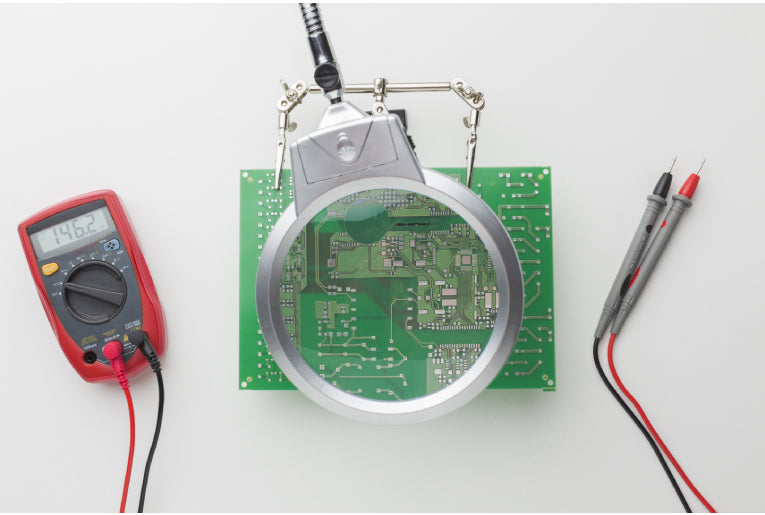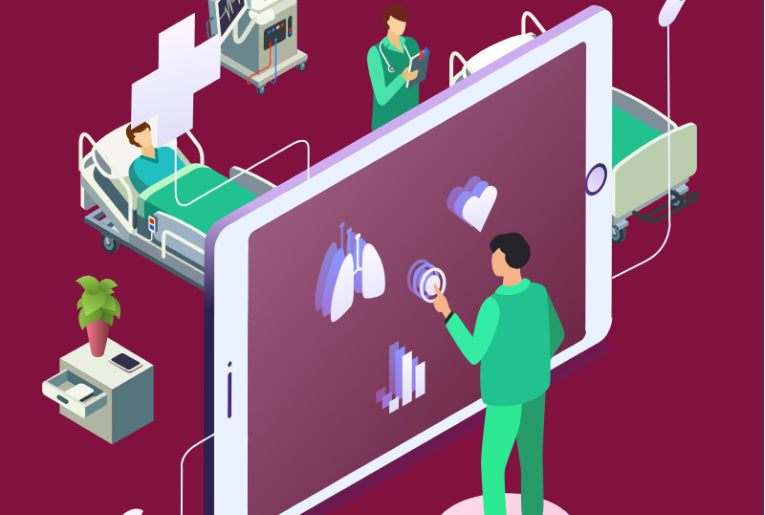
As technology continues to evolve, so are the medical treatments offered to patients. Today, hospitals across the US are investing heavily in robotics and automation. This is because robot automation provides an advanced technology option to many traditional surgical procedures. It serves as an excellent alternative to conventional open surgery that otherwise required a large incision.
Put simply, ABB roboticspresents the latest development in minimally invasive surgical techniques. Read on to learn how it works and the Top benefits of robotic surgery.
Robot and Automation—How it Works?
Robotic surgery is offered in numerous specialties. This includes but is not limited to
- Gastrointestinal
- Gynecologic oncology
- Cardiothoracic
- Urologic surgery
- Otolaryngology (head and neck)
However, the procedure must be carried by a seasoned and skilled team of medical professionals, including surgeons, nurses, and technicians, who are well-trained in using robot automation for surgical procedures.
As the name suggests, the surgery is robot-assisted and minimally invasive. It is performed through tiny incisions and includes a camera arm and mechanical arms with surgical instruments attached to them. The surgeon controls the mechanical arm while sitting at a control console located near the patient. An assistant surgeon and team of medical staff stand around the patient.
The surgeon makes a keyhole-sized incision through which the camera goes inside, giving the surgeon a magnified, high-definition, and 3D view of the targeted site. The combination of 3D imaging and precision-guided wrist movements enables the surgeon to perform the procedure with flexibility, precision, and unmatched control.
The surgeon watches the operative field through the video monitor and then manually controls the robotic-arms that replicate movements of the surgeon’s hands inside the patient’s body. Some common surgical procedures performed by robotic surgeons include hernia repairs, appendectomy, and cholecystectomy.
Top Benefits of Robotic Surgery
The minimally invasive robotic surgery has proven to be beneficial for both patients and surgeons. Let’s take a look at both sides separately to weigh the advantages.
Benefits to Patients
-
Surgery with Excellent Precision
Most often, the targeted area is located near healthy tissues and sensitive organs and nerves. This increases the risk of accidentally damaging or affecting the healthy structures in the surrounding area. However, as robotic surgery offers unmatched precision, patients don’t have to worry about damaging healthy organs and structures during the surgery. The flexibility and the small size of the robotic arms and instruments make it easier to accomplish surgical goals.
-
Minimal Risk of Infection or Blood Loss
Another great benefit of robots and automation for surgical procedures is that tiny incisions are made instead of large ones. It further lowers the risk of blood loss and infections.
-
Less Scarring
As the incisions are small, the scars are hardly noticeable. Thus, patients don’t have to worry about scarring, which can otherwise lower self-confidence and self-esteem, especially in women.
-
Fast Recovery
Moreover, since the procedure is minimally invasive and there is not much blood loss, the recovery time and hospital stays are comparatively shorter. You get discharged fast and can resume everyday living.
Benefits to Surgeons
Similarly, some of the benefits of robot automation to surgeons are:
-
Can Easily Reach Difficult Places
Robot-assisted surgeries allow surgeons to access hard-to-reach areas in the body with more precision and greater flexibility. Robot arms have a greater range of motion than a human hand and can easily rotate a full 360 degree, making it easy to perform and complete even the trickiest procedures.
-
Enhanced Visuals
3D images provide surgeons with a superior view and enhanced visualization of the operating area. They can see microscopic structures clearly, and perform the surgery in a better way.
Just like with all surgical procedures, the outcomes of robot-automated surgeries can’t be guaranteed. Therefore, your doctor will first discuss and evaluate the benefits and risks of the robotic surgery with you before moving forward.
Leave a comment (all fields required)
Comments will be approved before showing up.


